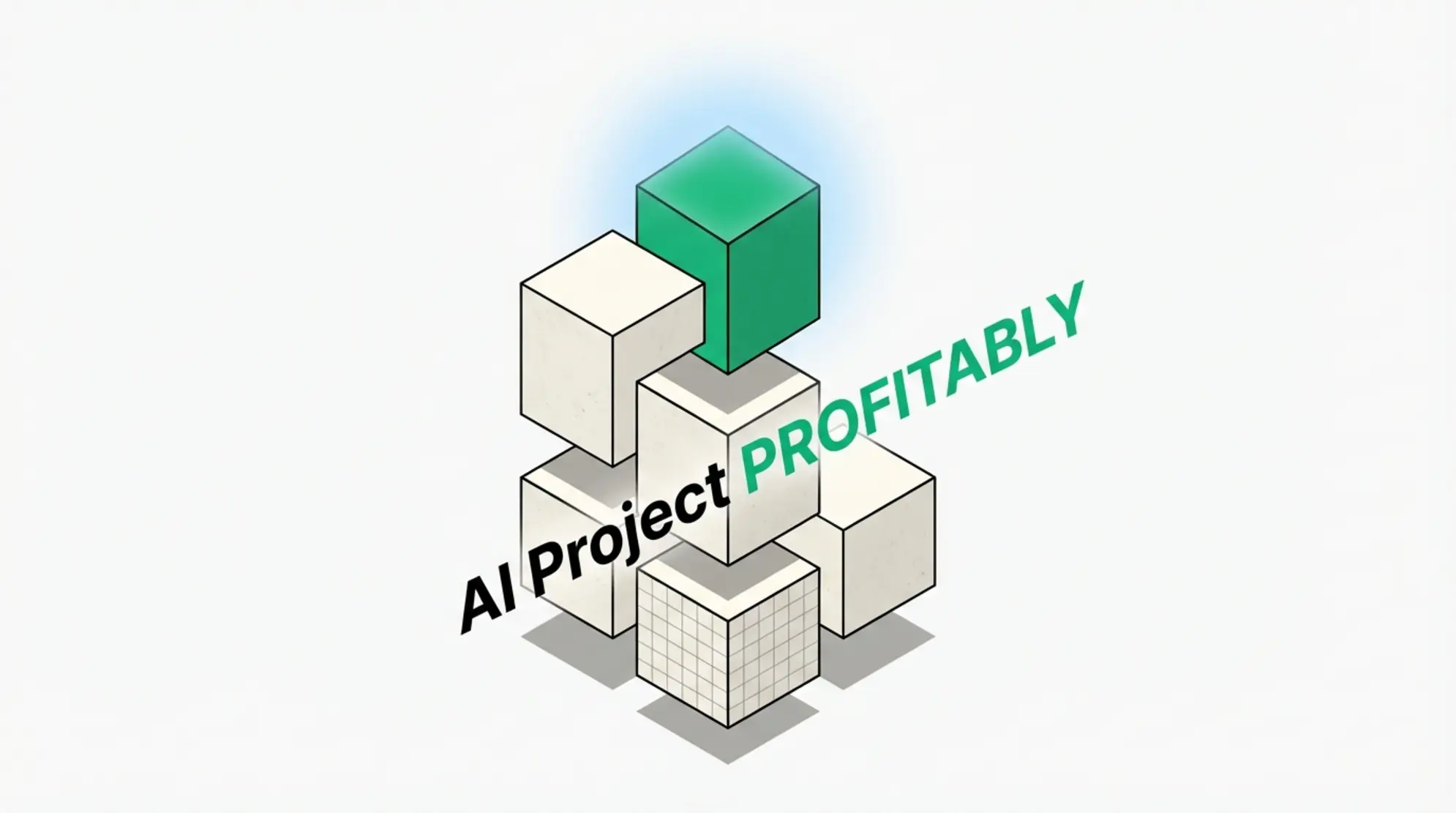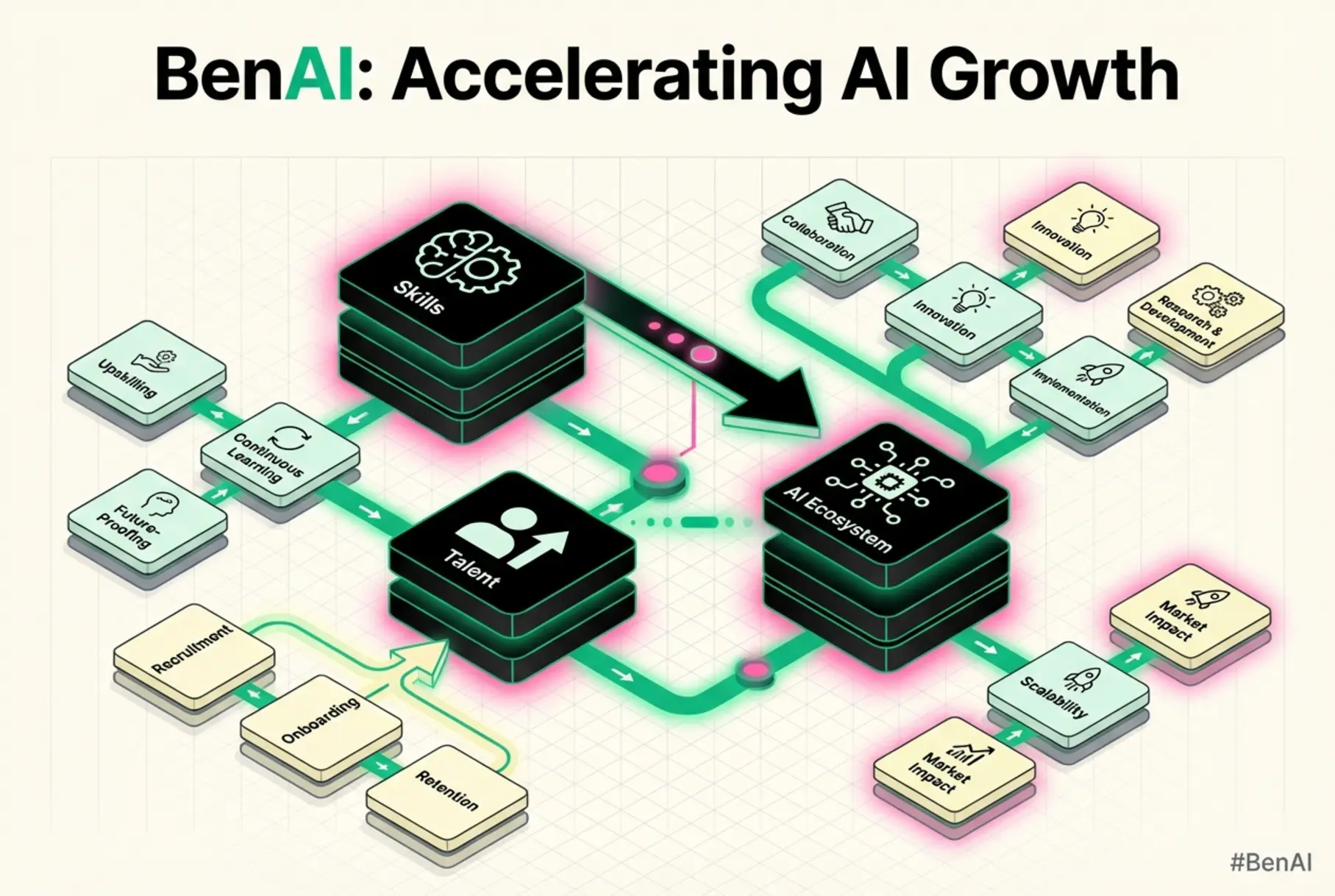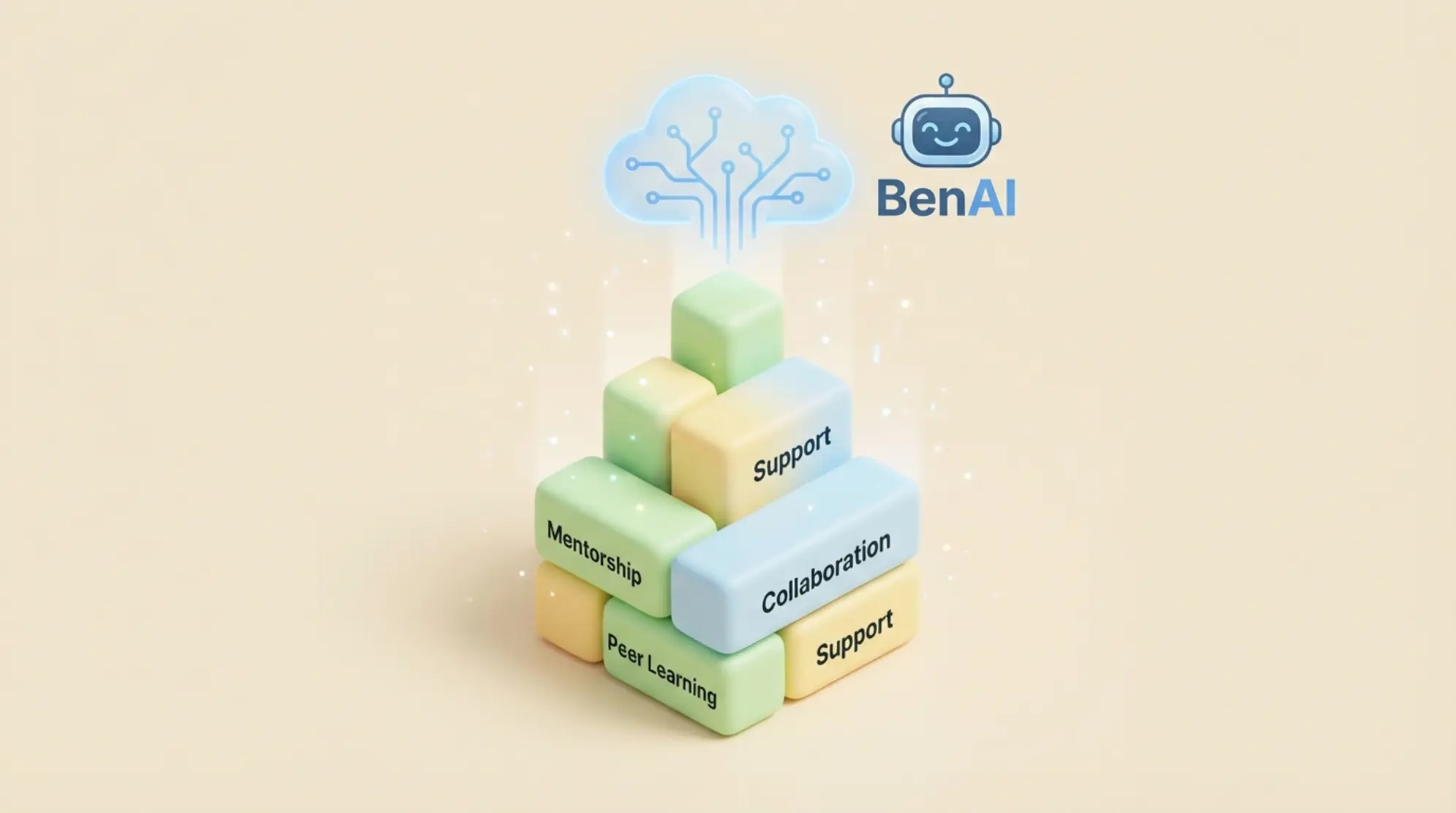Optimizing AI-Driven LinkedIn Campaigns: A Strategic Framework for Performance & ROI
In today's competitive digital landscape, harnessing the power of artificial intelligence (AI) to refine LinkedIn campaigns is no longer optional—it is a strategic imperative for marketing professionals and agencies seeking unparalleled performance and significant return on investment (ROI). This critical shift moves digital marketing beyond traditional tactics towards data-driven, intelligent optimization. The complexity of AI analytics demands a comprehensive framework to master tracking, analysis, and strategic enhancement, ultimately maximizing ROI and enabling scalable agency operations. This guide translates technical depth into actionable strategies, offering unique value by providing the insights required to excel in AI-driven LinkedIn marketing.
Establish Core KPIs for AI-Driven Campaigns
Understanding the true performance of AI-driven LinkedIn campaigns begins with establishing a robust set of Key Performance Indicators (KPIs) tailored for the nuances of AI automation. These KPIs move beyond basic metrics, focusing on advanced insights into campaign effectiveness and overall impact. According to LinkedIn Marketing Solutions in 2025, AI-optimized campaigns deliver 50% higher engagement rates, underscoring the potential of AI in driving superior results (https://business.linkedin.com/marketing-solutions/success/ai-in-b2b-marketing). A strategic framework for selecting, tracking, and interpreting these KPIs must acknowledge how AI influences their significance, particularly in deep operational analytics and interpretation. This ensures that the data gathered is not merely numerical but indicative of algorithmic efficiency and user response, guiding iterative improvement and resource allocation.
Defining Relevant AI-Driven Metrics
Defining relevant AI-driven metrics encompasses a comprehensive suite of indicators beyond standard LinkedIn analytics, reflecting the nuanced influence of AI agents on campaign performance. These metrics include engagement rates, conversion rates, click-through rates (CTR), cost per click (CPC), and cost per acquisition (CPA). Additional crucial metrics encompass message open rates, reply rates, and AI-driven lead quality scores. Artificial intelligence agents optimize these metrics by predicting the best times for engagement, refining message delivery for conversion intent, and identifying audience segments most likely to respond. For example, a higher message open rate indicates AI successfully identified optimal delivery times, while an improved reply rate suggests AI-optimized content resonates effectively with the target audience. The goal is to monitor metrics that directly reflect the impact of AI's predictive and personalization capabilities across the entire conversion funnel stages, from initial impression to final conversion.
Interpreting AI Analytics: Beyond Surface-Level Data
Interpreting AI analytics outputs necessitates looking beyond raw numbers to understand the specific signals the AI transmits about audience behavior and campaign effectiveness. Artificial intelligence algorithms process vast datasets, identifying patterns that human analysts might overlook. For instance, a high engagement rate for a particular message variant, as signaled by the AI, indicates that the content resonates deeply with the target audience, not just that it received many clicks. This suggests the AI has successfully identified optimal messaging components. Conversely, a sudden drop in conversion rate, highlighted by AI anomaly detection, could signal a shift in user behavior or an issue with the landing page experience, prompting immediate campaign adjustments. Understanding these algorithmic recommendations involves recognizing causal relationships within the data, such as a specific creative asset, suggested by AI, consistently leading to lower cost per lead. This advanced interpretation helps marketing professionals and AI-first marketing agency professionals refine their campaign optimization loops, moving from reactive adjustments to proactive, data-informed strategies.
Implement Advanced A/B Testing for AI Message Variants
Unlocking superior campaign performance requires more than just launching AI-powered messages; it demands a strategic approach to A/B testing that leverages AI to refine every variant. A/B testing frameworks, particularly those enhanced by artificial intelligence, are essential for validating creative assets, target audience segments, and personalization strategies. According to Single Grain's 2025 analysis, the use of AI-based A/B testing tools in LinkedIn ads delivers a 30% average increase in click-through rates (CTR) (https://www.singlegrain.com/abm/how-to-analyze-real-time-linkedin-ads-with-ai-optimization-12-best-tools-for-2025/). This significant uplift underscores AI's capacity to generate and test message variants, personalize content at scale, and quickly identify winning strategies. Examples of testable elements include headlines, calls to action (CTAs), accompanying visuals, and various body copy iterations. AI can predict the performance of these variants, enabling marketers to prioritize tests with higher potential impact, leading to more efficient experimentation and faster iterative improvement cycles.
Design AI-Guided Test Hypotheses
Designing AI-guided test hypotheses involves formulating structured predictions that leverage artificial intelligence suggestions for creative and content personalization variants. These hypotheses are testable statements outlining an expected outcome based on specific changes to campaign elements. For instance, an AI agent might suggest personalizing a message based on a prospect's industry. A hypothesis could be: "Messages incorporating industry-specific language, as suggested by the AI, increase message reply rates by 15% compared to generic messages within the target audience segment of manufacturing executives." This approach defines the baseline, the variant (AI-suggested personalization), and the expected impact on a measurable campaign objective (message reply rates). AI-driven hypothesis generation can also identify audience intent signals, leading to more targeted and impactful tests, such as comparing two different calls to action (e.g., "Download the Report" vs. "Schedule a Demo") based on AI's predictive lead scoring for specific audience segments.
Analyze Test Results and Scale Winning Variants
Analyzing test results from an AI-driven perspective focuses on discerning statistical significance and identifying patterns that AI algorithms have highlighted. Once A/B tests conclude, evaluate the performance of each message variant against the control group, paying close attention to key metrics like conversion rates, CTR, and lead quality. Artificial intelligence provides advanced analytical capabilities, helping to determine if observed differences are statistically significant or merely random fluctuations. For example, if an AI agent to post on LinkedIn or generate outreach messages helped increase conversions by 10%, the AI can further identify underlying audience segments or content attributes that contributed most to this success. This post-test analysis informs AI recommendations for campaign adjustments. The next step involves scaling winning variants. This means applying the insights gained to broader campaigns or integrating them into ongoing optimization loops. For instance, if a specific AI-suggested creative variant consistently outperforms others, the AI can then automatically prioritize similar creative elements in future campaigns, continuously refining and improving performance.
Scale Agency Operations with AI-Powered LinkedIn Solutions
For marketing agencies, scaling LinkedIn campaign operations while maintaining high performance across multiple clients is a significant challenge, one that AI-driven solutions are uniquely positioned to solve. Artificial intelligence offers systematic scaling and automation processes that transform multi-account management, improve efficiency, and elevate client ROI. Search Engine Land highlights that LinkedIn’s AI automation tools reduce manual campaign management time by 40%, directly addressing a critical pain point for agencies (https://searchengineland.com/linkedin-ai-automation-tools-ad-performance-453679). By leveraging AI-driven prediction and suggestion features, agencies automate improvements, reducing manual oversight and allowing teams to focus on strategic insights rather than repetitive tasks. This enables agencies to manage larger client portfolios without compromising the quality or effectiveness of individual campaigns.
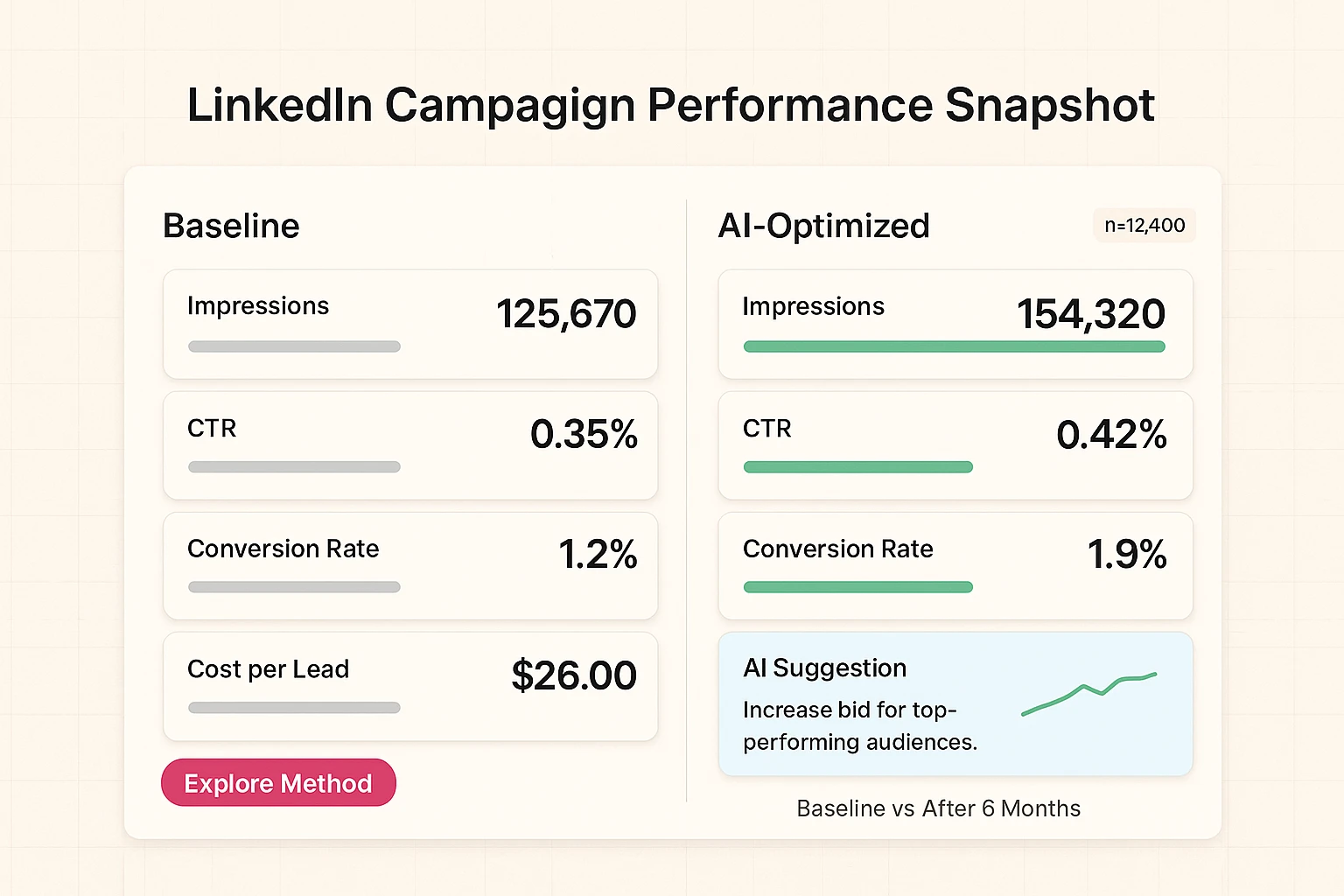
Streamline Multi-Client Campaign Management
Streamlining multi-client campaign management with AI involves implementing standardized workflows and automated reporting systems across diverse client portfolios. Artificial intelligence dashboards offer centralized performance monitoring, allowing agencies to oversee numerous LinkedIn campaigns from a single interface. Key strategies include using AI-powered templates for campaign setup, automated anomaly detection that alerts managers to underperforming ads or unexpected budget deviations, and cross-client learning mechanisms. These mechanisms enable the AI to apply insights gained from one successful campaign (e.g., a specific content format or targeting approach) to similar campaigns across other clients, enhancing efficiency and consistency. Automating client SEO reports and LinkedIn campaign reports with AI ensures that clients receive timely, comprehensive performance updates without significant manual effort, fostering greater client satisfaction and trust through transparent and data-driven results.
Measure and Enhance Client ROI with AI Predictions
Measuring and enhancing client ROI with AI predictions involves leveraging advanced predictive analytics to forecast campaign outcomes, optimize budgets, and improve lead scoring. Artificial intelligence predictive scoring in campaign adjustments significantly enhances financial outcomes by identifying high-potential leads and optimizing ad spend efficiency. For example, AI can forecast which LinkedIn ad variations will generate the highest return on investment, allowing agencies to allocate budgets more effectively and reduce ad spend waste. The Asian Journal of Applied Science (2025) demonstrates that predictive models can reduce ad spend waste by up to 20% (https://ajast.net/data/uploads/52192.pdf). This capability directly addresses ROI-driven tool selection methodologies, providing quantifiable justification for AI investments. Furthermore, AI models offer deeper revenue attribution, linking specific campaign touches to client profitability and even predicting customer lifetime value. This granular insight helps agencies demonstrate tangible value to clients, moving beyond mere clicks and impressions to quantifiable financial impact, thereby strengthening partnerships and securing long-term contracts.
Evaluate Leading AI Analytics Tools for LinkedIn
The proliferation of AI in digital marketing has given rise to numerous analytics tools, but selecting the best for LinkedIn campaigns requires a careful evaluation of features, integration, and proven ROI. These tools bridge the content gap regarding tool lists and feature breakdowns, offering a comprehensive tool comparison matrix. This evaluation also delves deeper into ROI-driven tool selection methodologies by assessing how each platform's unique AI automation insights, native to LinkedIn, can drive measurable performance gains. Factors such as real-time optimization features, platform compatibility, and API integrations with LinkedIn are paramount for seamless operation.
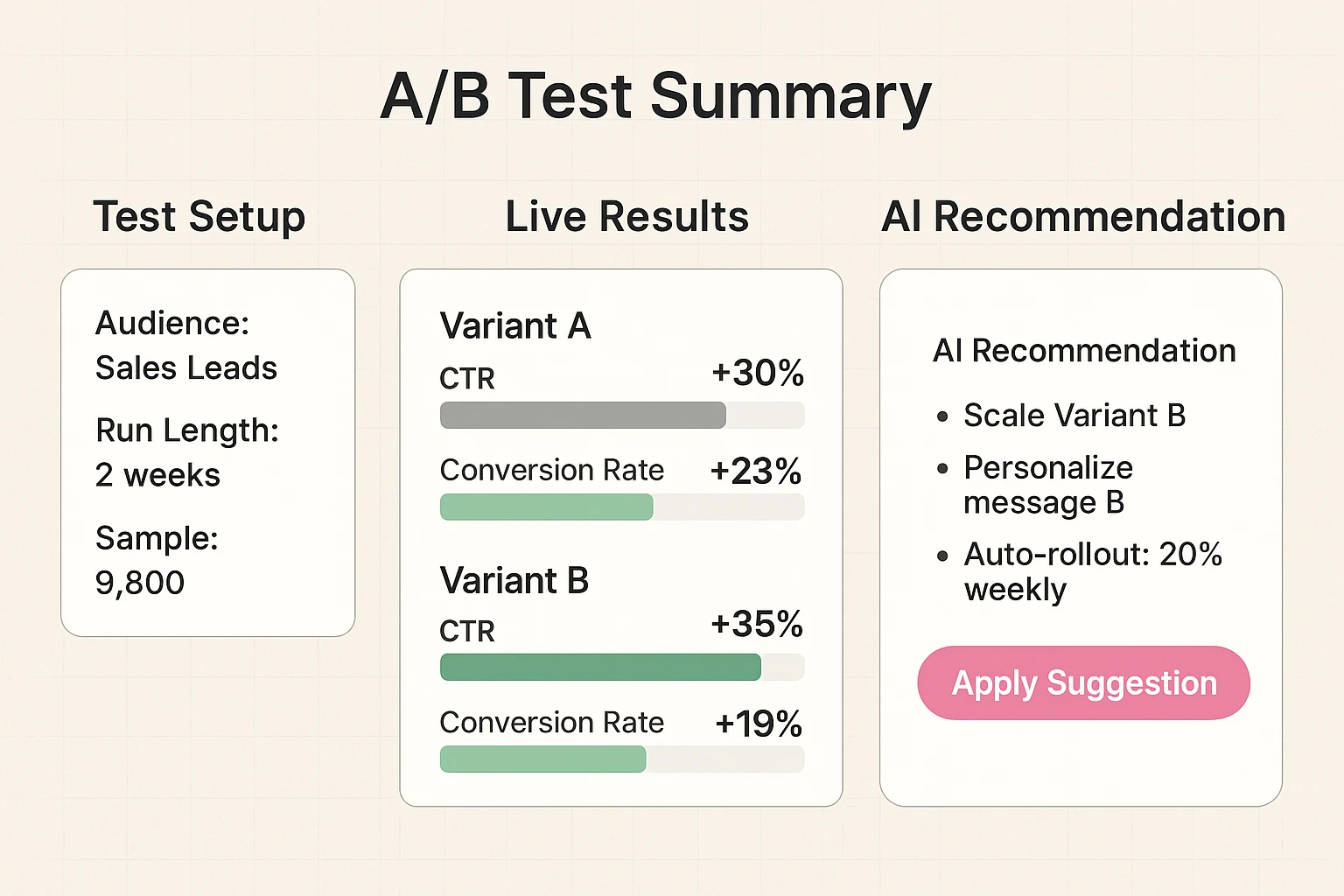
Compare Tool Features and Integration Capabilities
Comparing AI tool features and integration capabilities reveals critical distinctions for LinkedIn campaign optimization. Tools like Superads and AdCreative.ai offer specialized AI-driven capabilities specific to LinkedIn, such as AI-suggested creative variants and predictive audience segmentation. Dedicated LinkedIn AI optimizers often provide direct API access, ensuring seamless data flow and real-time synchronization with LinkedIn’s advertising platform. Key functionalities to assess include automated bidding strategies, granular audience segmentation beyond LinkedIn’s native options, and customizable performance dashboards. Interoperability with broader marketing technology stacks, such as Customer Relationship Management (CRM) systems for lead management and automating CRM updates, is crucial for end-to-end efficiency. Tools excelling in cross-platform analytics provide a holistic view of campaign performance, integrating LinkedIn data with other digital marketing channels.
Assess ROI and Pricing Models for AI Analytics Tools
Assessing the ROI and pricing models for AI analytics tools is a practical, financially astute process. Evaluating the ROI of investing in AI analytics tools directly links their features to potential cost savings or revenue increases for LinkedIn campaigns. Pricing tiers and subscription models vary significantly, ranging from freemium options to enterprise-level solutions with feature paywalls. A comprehensive cost-benefit analysis considers not only the monthly cost but also the value proposition of features like predictive lead scoring, budget optimization, and automated reporting. Agencies should also consider the implementation time and learning curve associated with each tool. Many providers offer free trials, allowing marketers to evaluate a tool's effectiveness before committing. Developing an interactive ROI calculator, tailored for AI-optimization effects on LinkedIn campaigns, can serve as a valuable content asset, helping prospects quantitatively justify their investment in these advanced solutions by projecting potential improvements in engagement, conversions, and ad spend efficiency.
Supplementary Content
Explore Foundational and Emerging AI Insights
Uncover AI Algorithm Fundamentals in LinkedIn Automation
Artificial intelligence algorithms fundamentally power LinkedIn campaign automation through sophisticated data processing and predictive capabilities. Machine learning models continuously analyze vast datasets of user interactions, content performance, and campaign results. These algorithms, often employing neural networks and predictive models, identify patterns to optimize ad delivery, personalize content, and anticipate user responses, enabling data-driven decisions that enhance campaign effectiveness. This underlying technology ensures LinkedIn's smart algorithms continuously learn and adapt.
Anticipate Future Trends in AI-Powered LinkedIn Advertising
Future trends in AI-powered LinkedIn advertising anticipate significant advancements, including the widespread adoption of generative AI for content creation, enabling hyper-personalization at unprecedented scales. Ethical AI practices will gain increasing importance, focusing on data privacy and transparent algorithmic decision-making. Expect the emergence of more sophisticated AI chatbots and virtual assistants that handle initial lead qualification and personalized outreach directly within the LinkedIn ecosystem, further automating campaign elements and enhancing user experience.
Leverage BenAI for Unparalleled LinkedIn Campaign Optimization
While the promise of AI in LinkedIn campaign optimization is clear, navigating its complexities to achieve tangible ROI requires a sophisticated platform designed for precision and performance—this is where BenAI excels. BenAI stands as an intelligent platform, offering a comprehensive solution for marketing professionals and agencies grappling with the challenges of AI-driven LinkedIn campaign analytics and optimization.
BenAI directly addresses the identified pain points and content gaps within the digital marketing landscape:
- Deep Operational Analytics: BenAI provides intuitive dashboards that translate complex AI analytics outputs into clear, actionable insights, overcoming common interpretation struggles. Its advanced analytics engine identifies intricate patterns, offering precise guidance for campaign adjustments.
- ROI-Driven Tool Selection: BenAI offers a holistic suite of features for comprehensive performance tracking and ROI calculation, eliminating the need for disparate tools and providing transparent value. Its integrated approach ensures every dollar spent contributes to measurable returns.
- Systematic Scaling and Automation: BenAI empowers agencies with robust tools for multi-client management, automated workflows, and AI-driven suggestions, enabling efficient, scalable growth across client portfolios. This includes features like automating lead research and optimizing resource allocation.
- Practical Application of Technical Data: BenAI bridges the gap between advanced AI algorithms and practical marketing steps, offering user-friendly interfaces and automated recommendations. This ensures technical depth translates directly into actionable marketing strategies.
- Interactive and Visual Data: BenAI's platform delivers highly visual, easy-to-interpret data presentations and features that include interactive simulations or calculators to project campaign outcomes, enhancing comprehension and strategic planning.
BenAI's proprietary algorithms offer end-to-end optimization, from AI-suggested creative personalization variants to advanced predictive scoring. Its comprehensive real-time optimization features ensure that campaigns are not merely managed but intelligently evolved for maximum impact, cementing BenAI's role in establishing unassailable topical authority through superior, data-driven execution. Learn more about our comprehensive solutions at BenAI's AI Marketing Solutions or explore our free resources.
FAQs
How to interpret AI-driven analytics dashboards on LinkedIn?
Interpreting AI-driven analytics dashboards on LinkedIn requires understanding not just the numbers, but the underlying patterns and predictive signals the AI highlights. Focus on performance trends over time to identify consistent improvements or declines. Pay close attention to AI-identified anomalies, which signal unexpected shifts in engagement or conversion metrics that require investigation. Analyze predictive scores for lead quality or content effectiveness, as these indicate the AI's forecast for future performance. Dashboard interpretation keys often involve correlating specific AI recommendations with subsequent campaign adjustments and their outcomes. For instance, if the AI recommended a particular ad creative, assess how that creative performed against others to validate the AI's actionable intelligence.
What are the best KPIs for AI-optimized LinkedIn campaigns?
For AI-optimized LinkedIn campaigns, the best KPIs extend beyond traditional metrics, focusing on actionable insights that reflect genuine campaign intelligence and efficiency. Key performance indicators include:
- Click-Through Rate (CTR): Measures the effectiveness of AI-optimized ad copy and visuals.
- Conversion Rate: Indicates how well AI-driven targeting and messaging translate into desired actions.
- Cost Per Conversion (CPC): Reflects the efficiency of AI in optimizing ad spend for valuable outcomes.
- Message Open Rate and Reply Rate: Essential for AI-driven outreach, showing personalization and engagement success.
- AI-Driven Lead Quality Score: A proprietary metric indicating the likelihood of a lead converting, often enhanced by AI's predictive capabilities.
- Return on Investment (ROI): The ultimate measure of AI's financial impact on campaign profitability.
These AI-enhanced KPIs provide comprehensive performance benchmarks for optimizing for ROI.
How to run effective A/B tests using AI for LinkedIn messaging?
Running effective A/B tests with AI for LinkedIn messaging involves leveraging machine intelligence at every stage, from hypothesis generation to result analysis and scaling. The process includes:
- AI-Assisted Hypothesis Generation: Utilize AI to suggest message variants and audience segments most likely to yield significant results, identifying potential areas for personalization.
- Automated Variant Creation: Employ AI to generate different headlines, body copy, or calls to action (CTAs), often personalized for specific segments.
- Controlled Testing: Implement the variants in a structured A/B test environment, ensuring statistical significance by reaching adequate audience size.
- AI-Driven Performance Analysis: Allow AI to analyze results, identifying winning variants and providing insights into why they performed better, considering numerous variables simultaneously.
- Scaling Winning Variants: Automatically apply successful AI-powered A/B testing insights to broader campaigns, initiating an iterative message optimization loop.

Which AI tools integrate best with LinkedIn advertising platforms?
The best AI tools for LinkedIn advertising integrate seamlessly with the platform, offering enhanced analytics, automation, and optimization features that elevate campaign performance. These tools often fall into several categories:
- Dedicated LinkedIn AI Optimizers: Specialized platforms, such as Superads or those recommended by Single Grain, focus exclusively on LinkedIn ad performance, offering AI-suggested creative variants and predictive analytics.
- Broader Marketing AI Platforms: Solutions like AdCreative.ai, with robust LinkedIn integrations, provide cross-platform analytics and automation capabilities for a holistic view of the marketing technology stack.
- CRM AI Plugins: Tools that integrate with Customer Relationship Management (CRM) systems and sync with LinkedIn to enhance lead scoring and automated outreach workflows.
- Data Analytics Platforms: These offer advanced data visualization and custom reporting specifically tailored for LinkedIn campaign data.
These specialized LinkedIn AI analytics tools leverage LinkedIn’s APIs for seamless integration, enabling features like AI-powered lead scoring and cross-platform analytics.
Join Our Growing AI Business Community
Get access to our AI Automations templates, 1:1 Tech support, 1:1 Solution Engineers, Step-by-step breakdowns and a community of forward-thinking business owners.
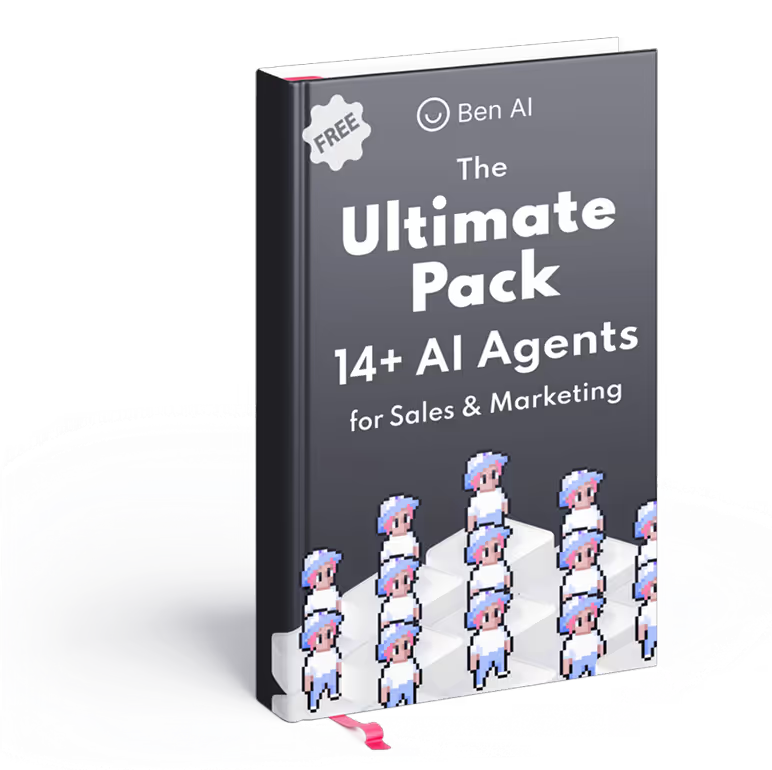
Latest Blogs
Explore our latest blog posts and insights.


